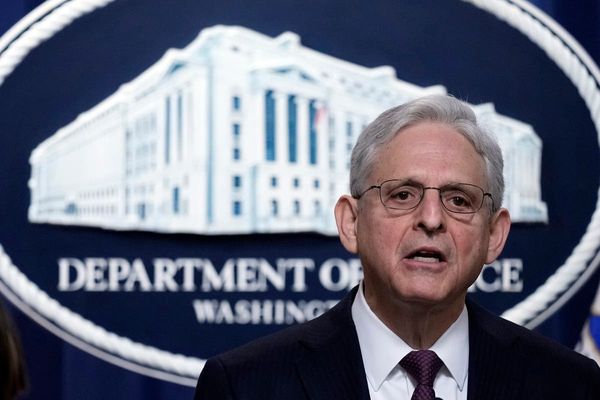
The Chinese government is throwing massive resources into its battle against COVID in Shanghai, which remains in lockdown amid surging case numbers.
The word “battle” is deliberate — it’s the term being used by the state-owned Global Times as authorities step up their efforts to prevent the spread of the virus.
According to the Global Times yesterday: “Shanghai reported 311 local symptomatic cases and 16,766 local asymptomatic cases, including 7892 from Pudong, on Wednesday, the second day that the city recorded over 10,000 cases. Medical experts said that the outbreak in Shanghai is bigger than what Wuhan faced at the height of the epidemic.”
The case numbers there have more than doubled since the weekend, suggesting authorities are in danger of losing control. PCR testing is being carried out in massive sweeps across Shanghai, supplemented by widespread use of rapid antigen tests. The government has pushed more than 200,000 medical, political, military and security personnel into the city, and a series of emergency hospitals have been created in the past 10 days, with close to 80,000 beds, on top of thousands of beds already occupied in the mainstream hospital system. A facility with up to 40,000 beds is being constructed out of a partially finished convention centre in the city.
Shanghai is China’s wealthiest city — it has the highest household income, and more educated residents than other areas of the country — and very different to the straitlaced, highly political Beijing or the more aggressive and freewheeling Guangdong and Shenzhen area in the south.
The city accounts for 4% of annual economic activity, and an economist at the Chinese University of Hong Kong has estimated the shutdown of the city will cost at least $US46 billion a month, with tens of thousands of businesses and billions of dollars a day in commerce now halted, including the huge Tesla car factory (the biggest outside Tesla’s major US plant), though the Shanghai stock exchange remains open.
According to the Global Times, “top authorities in Shanghai called for a ‘firmer’ attitude, ‘more thorough’ measures and ‘swifter’ actions in the battle against the faster and highly transmissible variant at a meeting held on Wednesday morning”.
All of this is profoundly embarrassing for Xi Jinping’s regime. Today marks the two-year anniversary of the lifting of the lockdown in Wuhan, where COVID first appeared in late 2019. Since then, Xi has boasted of China’s zero-COVID policy and take potshots at Western countries as they’ve battled to control and eventually live with the virus — even though the Chinese government has, until recently, only counted symptomatic cases as a guide to infection levels. From March 1 to Tuesday, April 5, China (other than Hong Kong) reported 176,455 COVID-19 infections, affecting 29 provincial-level regions. That includes confirmed and asymptomatic cases, which are more than 90% of all cases. With Wednesday’s cases that figure is now more than 190,000.
The initial lockdown in China in 2020 saw GDP fall 6.8%. Like in other countries there was a solid rebound afterward, but the end of 2021 saw growth slow sharply in China to just 4% in the final three months of the year. March quarter GDP figures are due on Monday week and no one is confident they will show solid growth — surveys of manufacturing and service sector activity showed contraction in March in the biggest monthly fall for two years.
In Shanghai, food supplies are running short and Chinese state media and online chat sites talk about protests at the lack of food, the forced separation of children from families and the rapid appearance of massive communal isolation zones.
Xi Jinping desperately needs to keep COVID under control and maintain the image of a successful zero-COVID policy to buttress his quest for a third five-year term as president at the 20th Communist Party Congress in October.
Despite our simmering hostile relationship with China, it continues to be a key engine for the Australian economy. Unless the battle for Shanghai is won, that engine will begin stuttering, with real consequences for our key export sectors.







